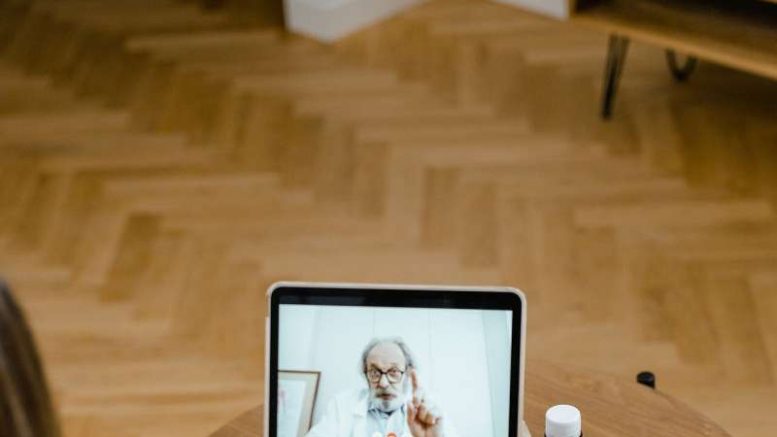Telemedicine may not be beneficial to people who are unable to communicate in English or who are medically compromised.
The benefits of telemedicine, which have grown rapidly since the onset of the COVID-19 pandemic, helped some segments of the population, however, a study done by a researcher at the University of California, Irvine, found that the benefits were not felt equally across all race/ethnic groups.
Patients who spoke limited English and were medically underserved confronted a number of language and socioeconomic challenges, which may have hampered the effectiveness of the interventions.
The study was recently published in SSM – Qualitative Research in Health, an online publication.
Prior to the pandemic, telemedicine was an optional, convenient way for doctors and nurses to provide treatment and guidance to individuals who wanted to “see” their primary care physician or a nurse online.
COVID-19 resulted in federal and state legislative reforms that allowed for the fast growth of telemedicine services across the United States as a temporary solution to slow the spread of the virus during the early stages of the pandemic.
“Unfortunately, not everyone appreciated the benefits of telemedicine. Our research emphasizes the importance of comprehending the structural vulnerabilities of patients from underserved communities, whose voices have been largely ignored in discussions about this new healthcare service “Denise Diaz Payán, Ph.D., MPP, an assistant professor of health, society, and behavior at the University of California, Irvine’s Program in Public Health, is the corresponding author.
“We discovered that older patients with weak English skills and internet literacy had the most difficulty getting high-quality telemedicine treatments.”
Patients who were older and spoke poor English disliked or avoided video visits lacked access to gadgets and struggled to use the technology, according to the research. They discovered that phone visits, which have fewer barriers to access, were more beneficial to this group.
Housing was also highlighted as a major obstacle to treatment by the researchers. Patients who lacked housing were the most disadvantaged and toughest to reach utilizing any type of healthcare delivery format, according to interviews with healthcare professionals. Patients from bigger households sometimes lacked the privacy needed to have confidential interactions with their physicians, even if they had accommodation.
The researchers spoke with staff and patients at two federally certified health centers that primarily serve Chinese and Latino immigrants in depth. Interviewees were questioned about their telemedicine experiences, as well as their access to technology and language services, as well as other resources and requirements.
“We discovered that integrating third-party language interpretation services into telemedicine video visits was difficult,” Payán remarked. “Having bilingual and multilingual staff ready to assist with direct translation during video visits is critical for providing quick, high-quality care to non-English speaking patients.”





